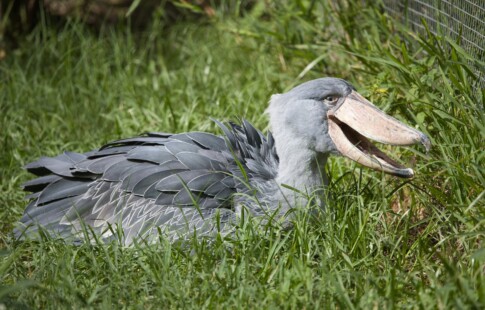
Why Protecting Biodiversity Hotspots Will Save the Planet
We are reader-supported. When you buy through links on our site, we may earn affiliate commission.
Millions of plant and animal species work together to support life and create a healthy natural environment. Although every ecosystem is valuable and irreplaceable, some ecosystems have a larger impact on earth’s biodiversity than others. That’s why protecting biodiversity hotspots is critical for keeping a health planet.
Each of these locations represents thousands of plant and animal species that create a rich, resilient environment for themselves and life around the globe.
A Shift in Environmental Focus
In the 1980s, scientist Norman Myers published a paper that urged environmentalists to begin focusing on “biological hotspots.” This concept gave environmentalists a tool they could use to focus their conservation efforts and get the most environmental benefit for their use of resources.
A hotspot must meet two criteria. First, it must have at least 1,500 endemic plant species, or plants that aren’t found anywhere else on the planet. In addition to having unique life forms, 70% of the original habitat and vegetation have been destroyed.
There are currently 36 areas globally that are considered biological hotspots. These biologically-rich areas are often islands or other locations that have been isolated for many years. Over time, isolation led to increased diversity of species and unique life forms that created a unique, thriving ecosystem.
Australia, Madagascar, New Zealand, South Africa, and the tropical Andes are all well-known biological hotspots. In addition to containing many unique species of plant and animal life, these areas are under threat from climate change and human activity.
Ecosystem hotspots of particular concern include the Himalayas, Polynesia-Micronesia, many Asian countries in the Indo-Burma region, and the Philippines. Around the globe, human activity is at the forefront of reduced habitat and a loss of biodiversity.
Why Protecting Biodiversity Matters
Preserving biological diversity is essential for the health of the planet. Ecosystems with many different kinds of species are healthier and more resilient to natural disasters, climate change, and human activity.
Producers, consumers, and predators make up every ecosystem. Producers are organisms like plants that create energy from the sun. Consumers are herbivores that eat these organisms, and predators are animals that eat herbivores.
An area’s diversity can be measured by its number of ecosystems, the variety of species that live there, and the amount of genetic material present in those species. Plant diversity is a good indicator of overall biodiversity because all other life forms rely on producers.
Herbivores thrive in areas with many kinds of plants because they have more options for diet and shelter. Every reduction in plant species affects life forms all the way up the food chain. Plants also help to filter water and keep the air in an ecosystem healthy.
Although known biological hotspots only cover 2.5% of the earth’s surface, they account for 40-50% of known animal and plant species. By protecting these areas, environmentalists can preserve many different species at once. If lost, these areas would reduce the earth’s plant and animal species diversity by almost half.
A Healthy Planet Means Healthy Humans
Through the way they engage with their environment, people have the power to affect every life form on earth, for better or worse. However, the reverse is also true – a healthy environment with clean air, pure water, and an abundance of natural resources is necessary for human flourishing.
In the modern world, it’s easy to forget that people need healthy natural environments to thrive. Every form of food, medicine, shelter, and technology for people start with natural components.
Diverse ecosystems are the backbone of sustainable industry, a stable climate, and the continuing health of every other living thing on earth. Each species lost means a loss of unique genetic material and a new place of weakness in the intricate web that makes up the global ecosystem.
Protecting species diversity both in biological hotspots and around the world is one of the best investments people can make for the future of humanity. Countries with healthy and thriving environments also support healthy, thriving populations of people.
One Species at a Time
The purpose of environmentalism and conservation isn’t to limit human productivity, but to create healthy conditions that will support life and an abundance of natural resources for years to come.
By protecting biological hotspots, people can preserve almost half of the plant and animal species that make life on earth worth living. This is a huge step toward ensuring the future health of the planet and the people that depend on its resources so much.
Share on
Like what you read? Join other Environment.co readers!
Get the latest updates on our planet by subscribing to the Environment.co newsletter!
About the author

Jane Marsh
Starting from an early age, Jane Marsh loved all animals and became a budding environmentalist. Now, Jane works as the Editor-in-Chief of Environment.co where she covers topics related to climate policy, renewable energy, the food industry, and more.





